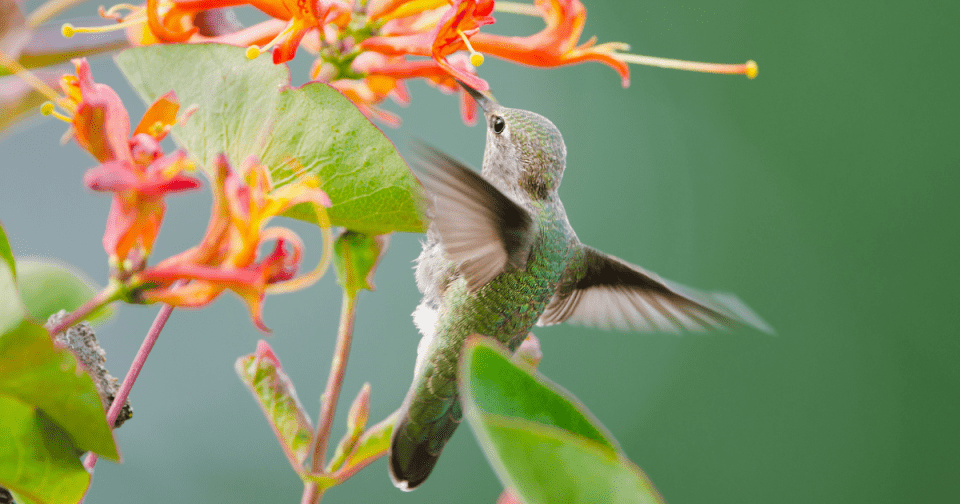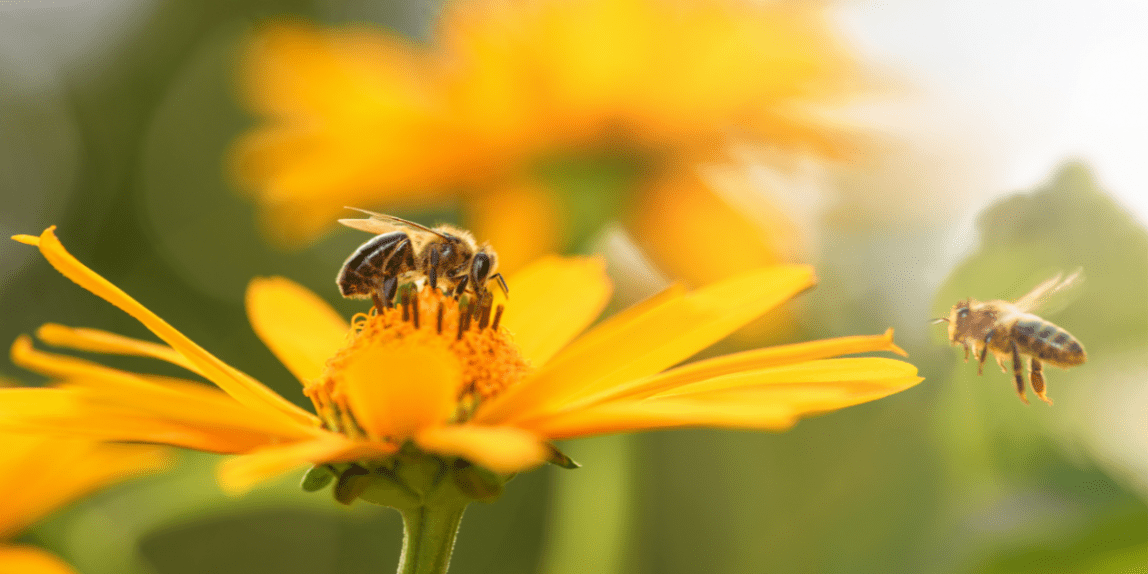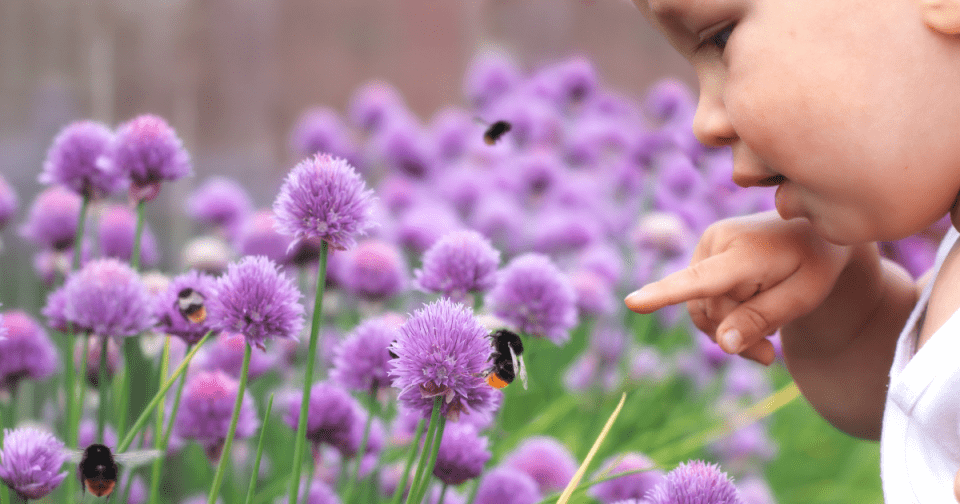
Creating a pollinator garden is a simple but powerful way to bring beauty, life, and color to your outdoor space while also making a positive impact on the environment. Not only will you be supporting the pollinators themselves, but a thriving pollinator population can also lead to increased food production and a more diverse, vibrant ecosystem. Most importantly, a pollinator garden is an opportunity to connect with, learn from, and observe the wonders of nature right in your own backyard. Follow along to learn how you can start creating a happy home for pollinators today!
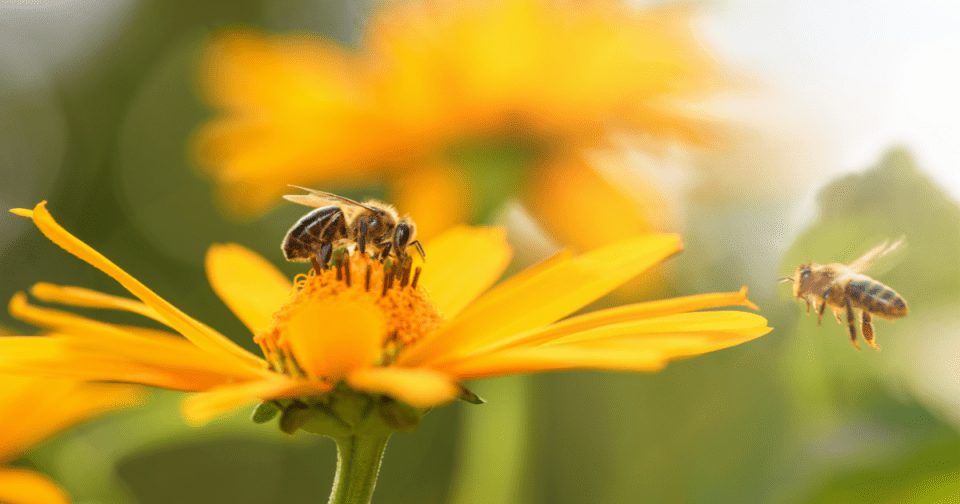
1. Choose the right location.
The first step in creating a pollinator garden is to choose a location that receives at least six hours of direct sunlight per day, since pollinators need sunlight to fly and forage for food. The more sun, the more active the pollinators will be in your garden.
2. Prepare the planting area.
Next, prepare the soil by removing any weeds or debris and adding organic matter, such as compost or well-rotted manure. This will help the soil retain moisture and provide nutrients for your plants. Before planting, test the soil for good drainage by digging a hole and filling it with water. If the water drains within an hour, the soil is well-drained. If the water takes several hours to drain, the soil likely has poor drainage and should be amended before planting.
3. Select plants that will attract pollinators.
When selecting plants for your pollinator garden, choose a variety of plants that bloom at different times of the year, as this will provide a continuous food source for pollinators. A good mix of plants should include seasonal flowers and veggies, herbs, shrubs, and trees. While flowers and veggies may vary depending on season, shrubs, and trees such as the Butterfly Bush, Chaste Tree, Honeysuckle, Lavender, Mesquite trees, Pines, Oaks, and Olives are great additions to attract pollinators year-round.
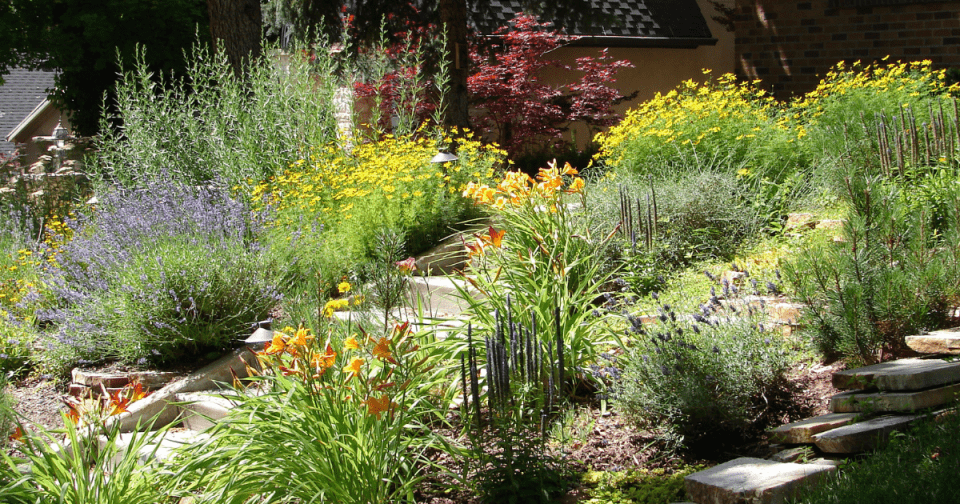
4. Avoid using pesticides or herbicides.
After planting, it’s important to avoid using pesticides or herbicides in your pollinator garden. These chemicals can be harmful to pollinators and other beneficial insects. Instead, use organic methods to control pests and diseases such as companion planting, neem oil, and the removal of infected plants.
5. Add additional garden elements.
Now that you have a thriving garden with plants that will attract pollinators, consider adding elements that will encourage pollinators to stay. Like all living things, pollinators need rest. Some pollinators prefer to rest on bare patches of the garden floor, and a few might appreciate a little house. There are many types of bees, butterfly, and bird houses that can be constructed from organic/recycled materials and placed in or near tree canopies. When adding a pollinator house to your garden, avoid drilling into trees, as this can cause damage to the bark and cambium (the layer of living tissue just under the bark). This damage can weaken the tree, making it more susceptible to disease and pests. To mount the pollinator house, utilize poles or fences instead.
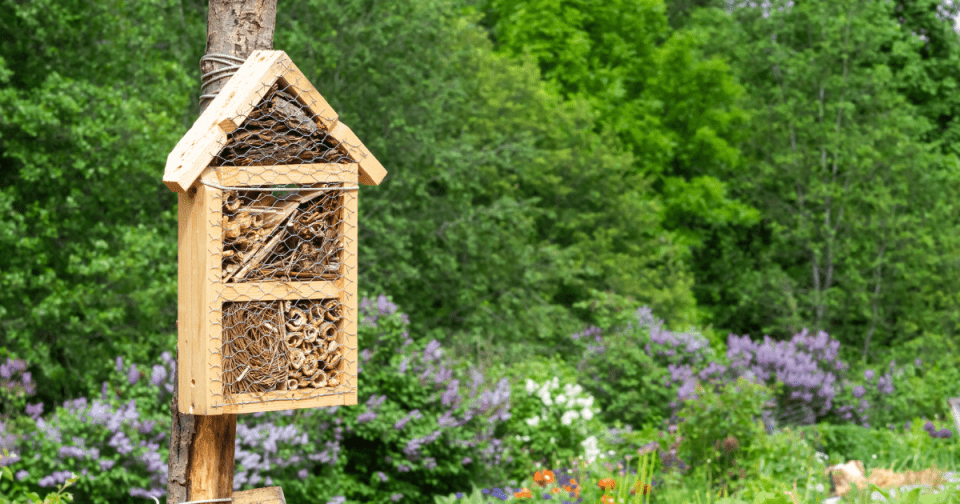
In addition to pollinator houses, sources of water such as a shallow dish or bird bath will also attract pollinators to your garden. Because pollinators need water to drink and cool themselves down, this will be a delightful attraction for them to enjoy. Be sure to change the water frequently to prevent mosquito breeding.
Finally, enjoy and observe the activity of the pollinators in your garden. By providing food, shelter, and water for pollinators, you can help these important creatures thrive and watch as your garden becomes a beautiful, buzzing hub of activity. Remember that a healthy pollinator garden is constantly evolving and growing, and it will require some attention and care to keep it flourishing. In the end, the benefits will be enjoyed not just by you, but by the entire ecosystem.
